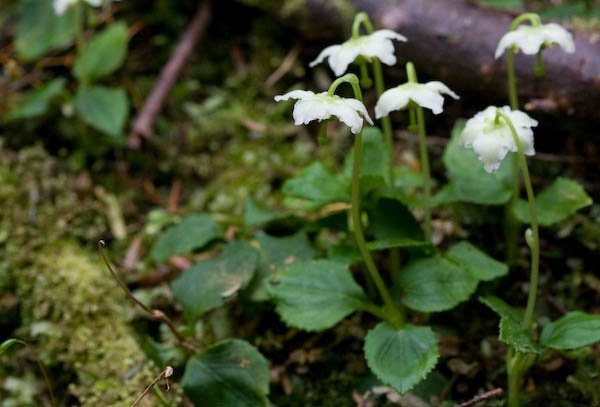
Shy Maiden
Moneses uniflora
Other common names for this plant include Single Delight and Waxflower. If you pay close attention, you can catch the faint lemony scent coming from these flowers without sticking your nose right up in them. They are a common plant in partially shaded forest areas. The leaves are green throughout the winter.



Other Photos
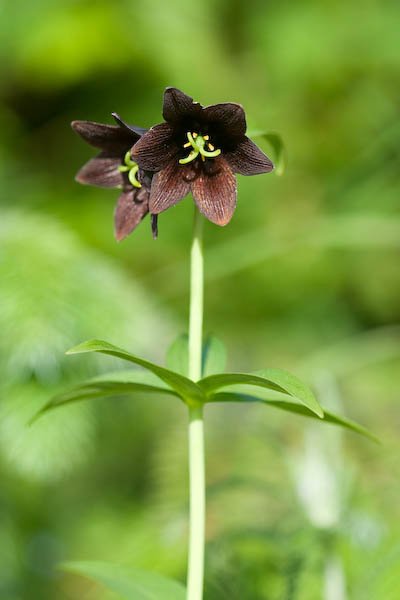
Black Lily
Fritillaria camschatcensis
This species has at least two other common names, Chocolate Lily and Northern Rice Root. It is pretty common around Sitka in low elevation meadows and especially in the meadowy areas just above the beach. The bulbs (which look like clusters of rice) of this plant are startchy and edible, but in my experience they’re a little bitter.


Other Photos
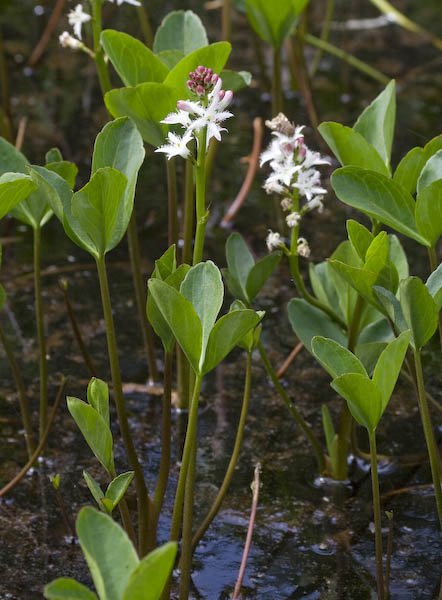
Buckbean
Menyanthes trifoliata
This plant is common in areas with standing water, though it seems to have a preference for water that flows just a little more than the typical muskeg puddle. Perhaps it’s a preference for a range of pHs and straight muskeg puddles are too acidic.
Other Photos
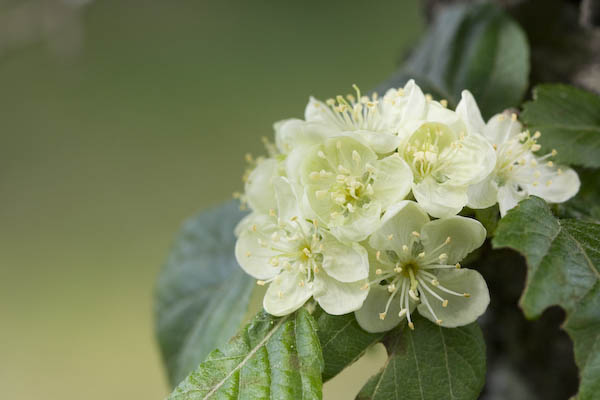
Pacific Crabapple
Malus fusca
Crabapples are reasonably common at low elevations where there is good light. I have mostly noticed them at edge of the forest along beaches where the terrain is not very steep. They’re probably not limited to these locations, however. The fruit of this tree is small and very tart. In my experience, you either pick them before they get totally ripe (and then stemming them is a pain), or you pick them when they are soft, and you end up with juice in your bag. I’ve made jam out of them (they have enough pectin that you don’t need to add more), and still have a quart of sauce in the freezer that I’ve not manage to get around to using.
Other Photos
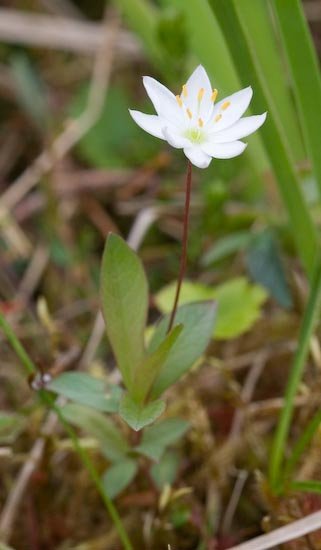
Northern Star Flower
Trientalis europea
Northern Star Flower can be found in clearings from beach meadows to above the treeline, including muskegs. It seems that what they need is some moisture and light, but are fairly tolerant of other conditions.

Other Photos










